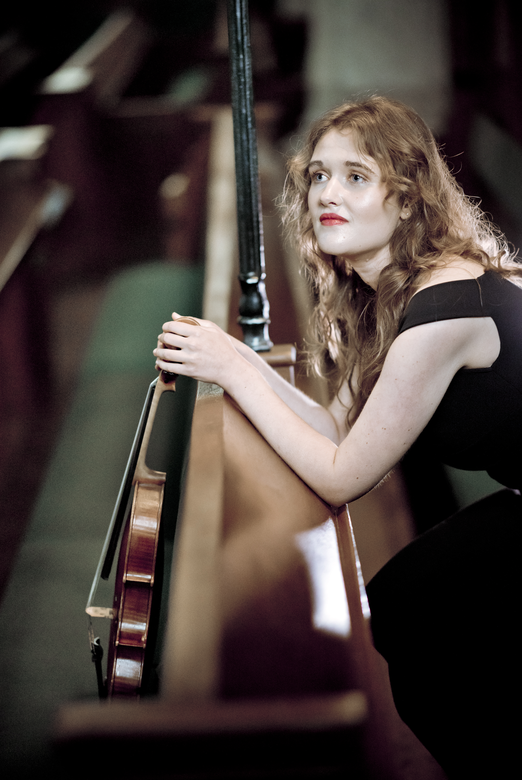My goal with this research was never to simply theoretically break down my thoughts and findings. My performance has to evolve into a more informed version and present a clearer vision, my ideas need to be reflected into all details and support my interpretation and expression. Even more, the audience should be incorporated into the general picture of this research, as with all the detailed knowledge about the connection between Bach and Hindemith, my main aim remains to make Hindemith’s ‘modern’ repertoire less scary (due to its initial dissonance) and even experienced as captivating, through connecting it to Bach. Not only using my interpretation to guide the audience through the music, but also a metaphor-filled tale guiding the listeners through the entire movements.
As a violist, the music of both Bach and Hindemith has become an almost indispensable part of our development as musicians. Bach is a classic for most aspiring young musicians, no matter what instrument, and Hindemith contributed such a large body of work to the viola repertoire, making his music a true staple for us violists. All this, to illustrate, that I came into contact with both composers from a relatively young age, working on the Bach Cello Suites as well as several of Hindemith’s pieces for viola.
The solo viola repertoire has always had a special place in my heart as, even though I absolutely love chamber music, there’s something magical about being able to create a whole world on your own with just one line of music and exploring every inch.
When working on Hindemith’s Solo Sonata Op.25 No.1, several professors told me that it’s strongly connected to Bach. As I thoroughly enjoyed playing both composers’ repertoire, I decided to take a closer look into this claim and explore the musical connection between these two composers living 200 years apart.
When first starting to look into how Bach’s music could connect to Hindemith, I quickly realised that their main commonalities would not lie in their harmonic language nor even in their use of big forms, but rather in the small-scale structures. This is why I decided to explore this through a structural analysis. Naturally, historical context is needed for this kind of research as all influences and evolutions of Hindemith’s time period may have been of importance in exactly how Hindemith decided to incorporate Bach in his works.
My discoveries and discussed approaches of incorporating them in performance will not only add to my personal artistic development and interpretation. I believe that the knowledge of the connections between the music of Bach and Hindemith will help other musicians to understand and interpret the music in a new way.
